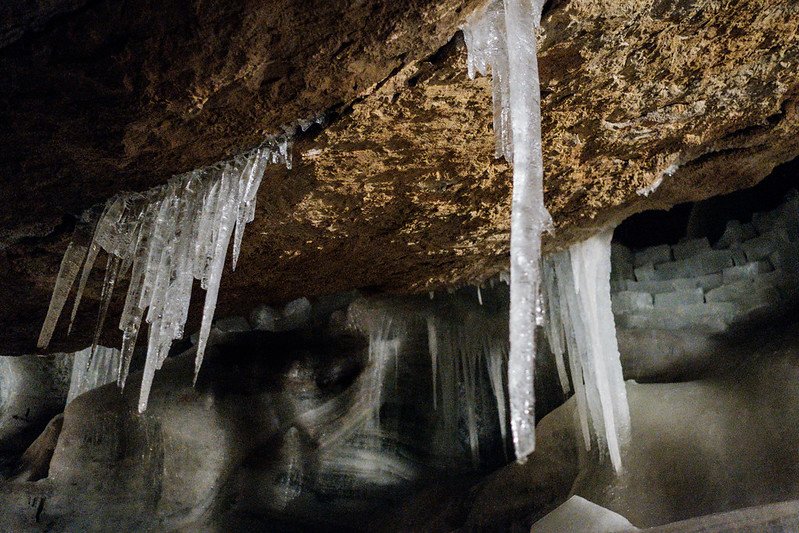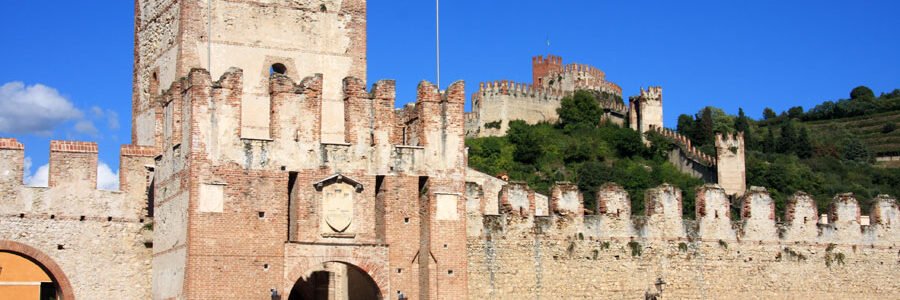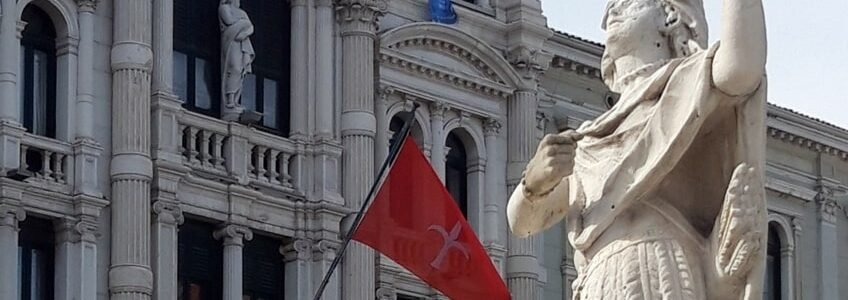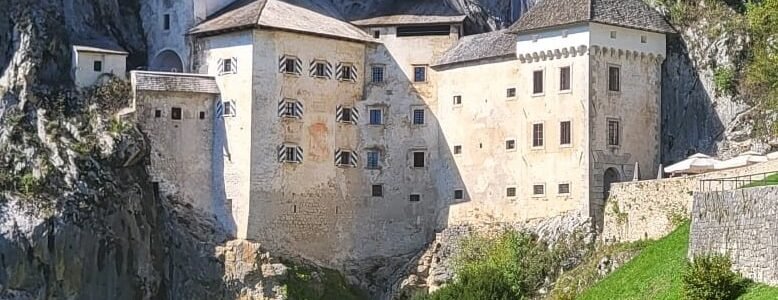Hallstatt Salt History
Hallstatt Salt History
Hallstatt Salt History
A Village Built on Salt, Not Sightseeing
Before the photos, before the crowds, before the UNESCO status, there was salt. Hallstatt’s global fame may come today from its postcard look, but the reason the village exists — and thrives — is hidden in the mountain behind it. For over 7,000 years, people have lived and worked here not for the view, but for the resource beneath their feet. Salt didn’t just build Hallstatt’s economy. It carved its identity.
Before the photos, before the crowds, before the UNESCO status, there was salt. Hallstatt’s global fame may come today from its postcard look, but the reason the village exists — and thrives — is hidden in the mountain behind it. For over 7,000 years, people have lived and worked here not for the view, but for the resource beneath their feet. Salt didn’t just build Hallstatt’s economy. It carved its identity.
Entering the Salt Mountain
Most travelers know the scenic lake and charming square. Fewer take the time to ride the funicular or hike up to the Salzwelten entrance — Hallstatt’s salt mine. It’s not a theme park. There are no gimmicks. Just wooden tunnels, old pickaxes, slides miners once used, and the sense that time here is measured differently. The air gets colder as you go deeper. You learn that children once worked in these same paths. The salt smell is faint, but constant. There’s history here, and it’s not curated — it’s preserved.
More Than a Museum
The mine tour isn’t about storytelling polish. It’s about walking through what remains. You’re given a jumpsuit to protect your clothes, not for show. Inside, wood supports crack under temperature shifts, not foot traffic. Videos show archaeological digs, but it’s the physical marks — shovel lines, old stairs — that speak loudest. Salt has a way of holding onto what touches it. Organic material lasts. Textiles from centuries ago look almost recent. Even a child’s leather shoe, once buried here, survived intact. You don’t forget something like that.
A Better Way to Arrive
Many people enter Hallstatt as day-trippers, drawn by visuals. But there’s something to be said for arriving with intent, especially from another historic trade route. Those coming from Trieste—once a salt-trading port itself—find meaning in that shift. A TripCom Slovenia premium service takes you inland, away from sea air and towards dry mountain legacy. It’s not just geography that changes, but tempo. You don’t arrive hungry for views. You arrive curious about roots.
The Way Salt Shaped the Town
Everything in Hallstatt’s layout stems from the need to carry salt from mountain to shore. The narrow roads, the buildings piled upward instead of outward — all designed to make way for brine and barrels. There was no grand urban plan. Just the efficiency of resource movement. Even today, the steep paths feel industrial in origin. Hallstatt isn’t just scenic by accident. Its verticality came from logistics. The postcard effect is a byproduct.
Labor That Doesn’t Show in Photos
What you don’t see in the usual travel posts are the hands that kept the salt flowing. Generations worked here, year-round, without glamour. The salt didn’t make people rich—it made the village stable. Families lived with routine, not luxury. Miners followed schedules tied to humidity and seasons. Injuries were common. Salt dust clung to everything. And yet, this labor built roads, kept trade routes alive, and funded schools and churches. Hallstatt’s beauty isn’t in its perfection—it’s in how it endured.
Before the Photos, There Were Graves
The salt mine also preserved bones. Archaeologists discovered entire burial sites within and around the mountain. Salt’s dry environment kept them intact. These weren’t nobles. They were workers, children, entire generations who lived in function of one resource. The Hallstatt culture (named after the town itself) formed from this rhythm. Salt not only kept food fresh across Europe. It kept lives viable here, in a hard, cold landscape. What’s strange is how little that fact features in travel brochures.
What’s Left Behind
When you leave the mine and return to the lakeside, Hallstatt feels different. The quiet streets aren’t just charming anymore. They’re corridors of a story that predates most European capitals. You see the balconies, the stone steps, the drainage systems — and understand them as outcomes of need, not aesthetics. The lake reflects the same mountains, but now you know how many generations carved survival into them. That context changes your pace. You walk slower, and you listen more.
Not Everything is Shared
Locals don’t always talk about the salt. For them, it’s assumed. Embedded. They know which buildings once stored brine. They know who has a miner in the family, and who came later. Tourists often miss this underlayer. They ask about café hours, not family history. But if you stay longer — especially overnight — and eat where locals eat, or simply sit still long enough, you’ll hear things. The word “salz” comes up casually, in stories about grandparents, old schools, property boundaries. Salt isn’t part of Hallstatt’s past — it’s still quietly present.
Where to Learn More
If you’re planning a visit and want the facts straight, not glossed, the official Salzwelten Hallstatt site is your best source. It covers seasonal schedules, archaeological finds, safety gear requirements, and ticket options — all accurate, all up to date. It’s not dressed up. And that’s fitting. Salt doesn’t need decoration. Just understanding.
Final Thought
Hallstatt isn’t just beautiful. It’s functional history — preserved not by paint, but by salt, labor, and time. The village may be known today for its reflections and angles, but those are recent. The real Hallstatt — the one that dug deep, hauled up, dried out, and kept going — is still here. You just have to go uphill and underground to meet it.
Hallstatt Salt History
Hallstatt Salt History lives not in museums, but in the cliffs, tunnels, and daily habits of this lakeside village. Salt wasn’t just a trade — it shaped how Hallstatt was built, lived, and remembered. When arriving from Ljubljana, the transition is more than geographic: it’s a movement from the present into a space defined by ancient extraction and alpine legacy.
Today’s travelers — whether arriving via Ljubljana to Hallstatt transfer or venturing from deeper routes — walk paths carved by miners long before roads were mapped. Salt made Hallstatt what it is, and understanding that makes the journey more than a visit.
- Ljubljana to Hallstatt: through valleys where salt moved kingdoms
- Ljubljana Airport to Hallstatt: follow the Alpine salt roads
- Hallstatt to Trieste: reverse the route of white gold
- View all airport connections to salt-rich towns
- Create a custom salt heritage itinerary
Hallstatt Salt History: From Depths of Earth to Center of Europe
- Follow marked trails up to Salzwelten and walk where Bronze Age miners labored
- Stand above the original mine mouth and peer into tunnels 7,000 years old
- View preserved wooden ladders and tools at the museum beneath the square
- See salt traces on stone paths that once connected Hallstatt with the world
- Understand how salt dictated the town’s layout, hierarchy, and wealth
Beyond the View — Reading the Town Through Salt
Hallstatt’s salt story runs deeper than its lake — and it’s still being written
For further insight into the legacy of Alpine salt towns and archaeological preservation, consult the Salzwelten Hallstatt resource portal.
RECENT POSTS
- How to get from Trieste to Zagreb December 6, 2025
- How to get from Vienna to Venice November 30, 2025
- How to get from Vienna to Trieste November 22, 2025





























































Leave a Comment